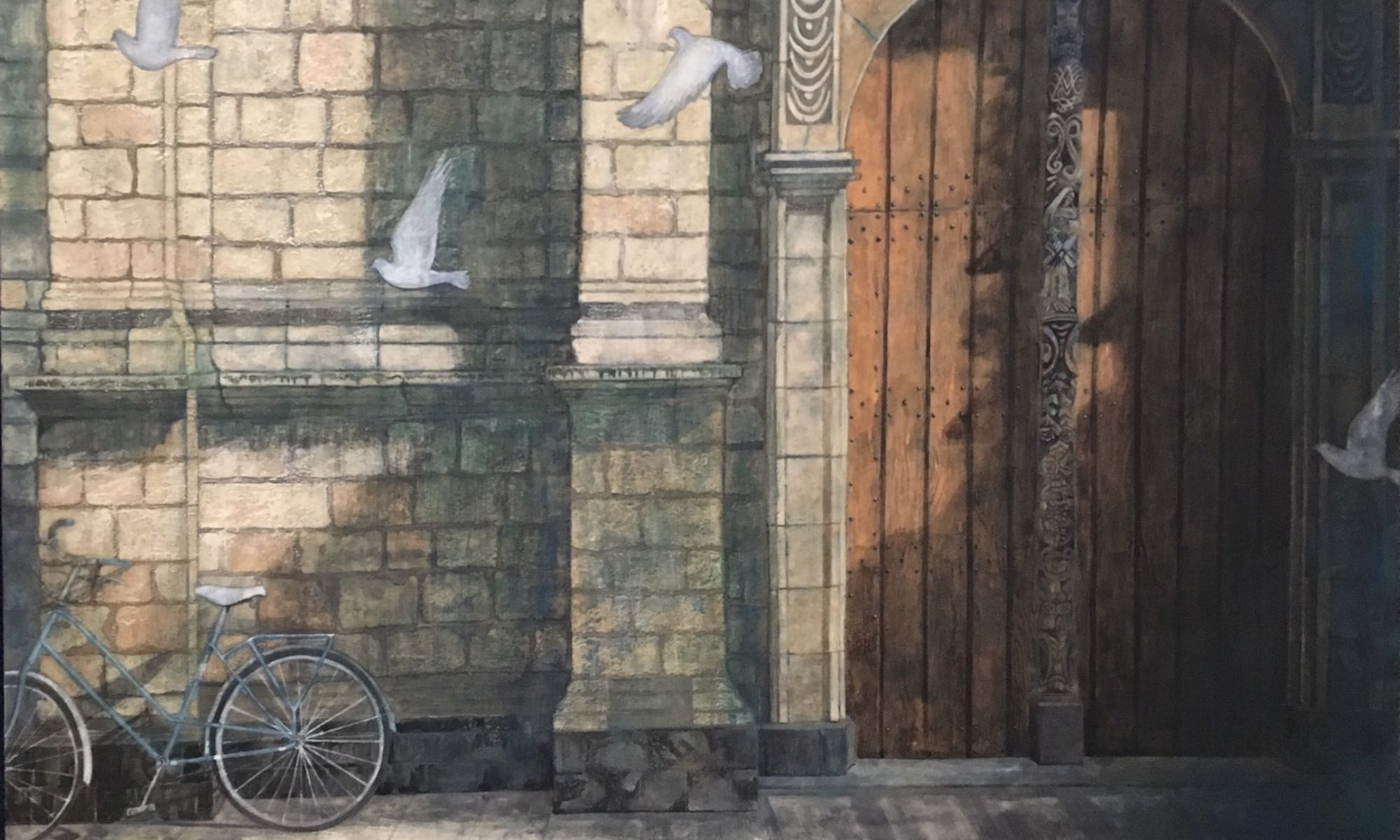Japanese painting is a traditional style of painting that has been practiced in Japan for 1,300 years. Japanese painting is defined as a technique in which natural materials such as mineral pigments, Shell powder, and metal leaf are bonded together with animal glue, and the outline of the motif is expressed with lines rather than shading. The solvent is water. The main coloring paints, mineral pigments, are made from rocks, minerals, crystals, and glass. These have different specific gravities depending on the type of raw material, so they separate in the solvent and cannot be mixed. To create intermediate colors, it is necessary to layer multiple layers of mineral pigments of different colors. This characteristic makes it take a long time to complete. It is difficult to freely control the materials, and it takes many years to master Japanese painting. However, mineral pigments made from natural materials have their own beautiful colors and textures, making them an art material with a unique appeal. The technique of Japanese painting, in which one takes time to complete a piece of art, contains elements of craftsmanship and has something in common with the spirit of Japanese Zen.
Mineral Pigment (Iwa- enogu)
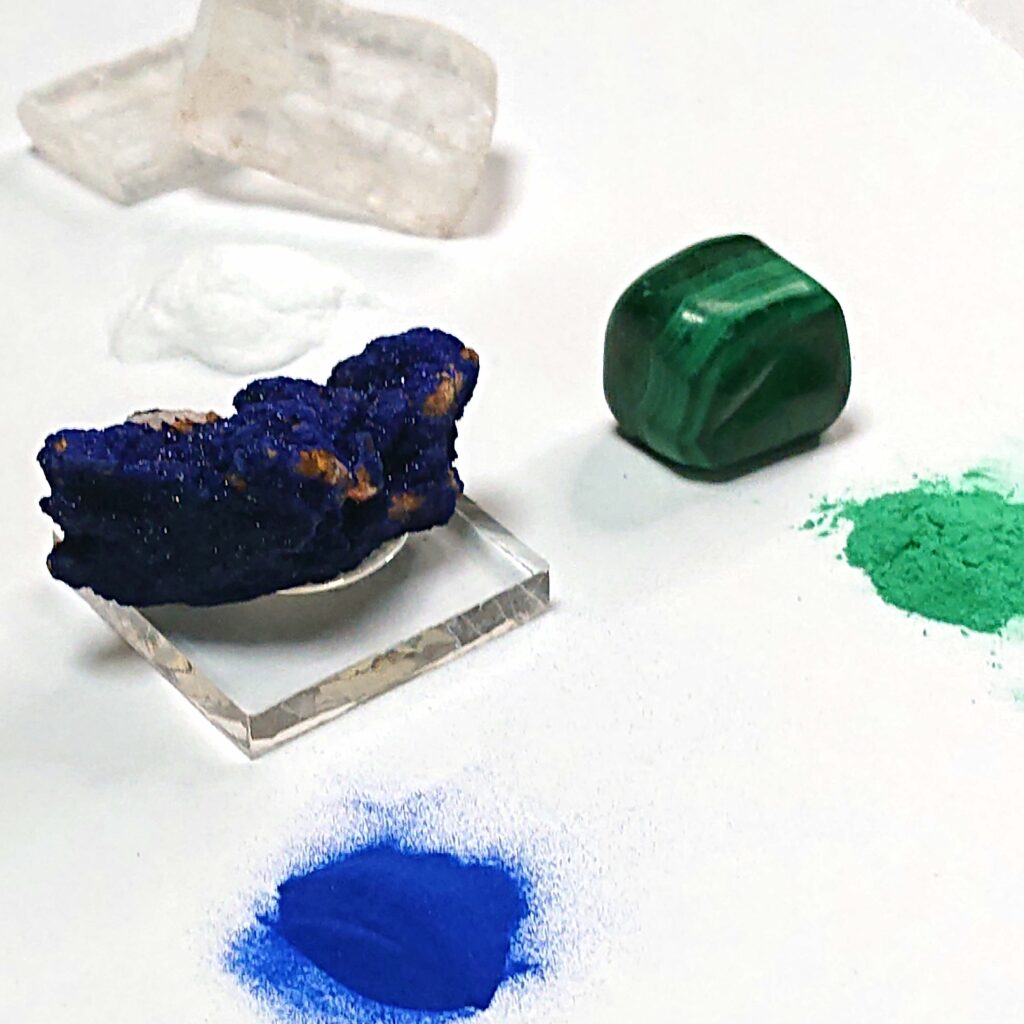
Mud Pigment (Suihi-enogu)
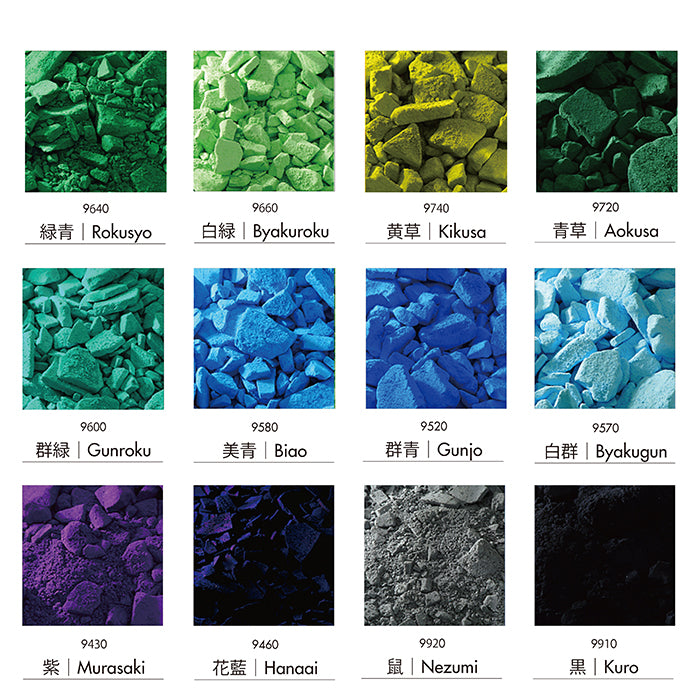
Animal Glue (Nikawa)
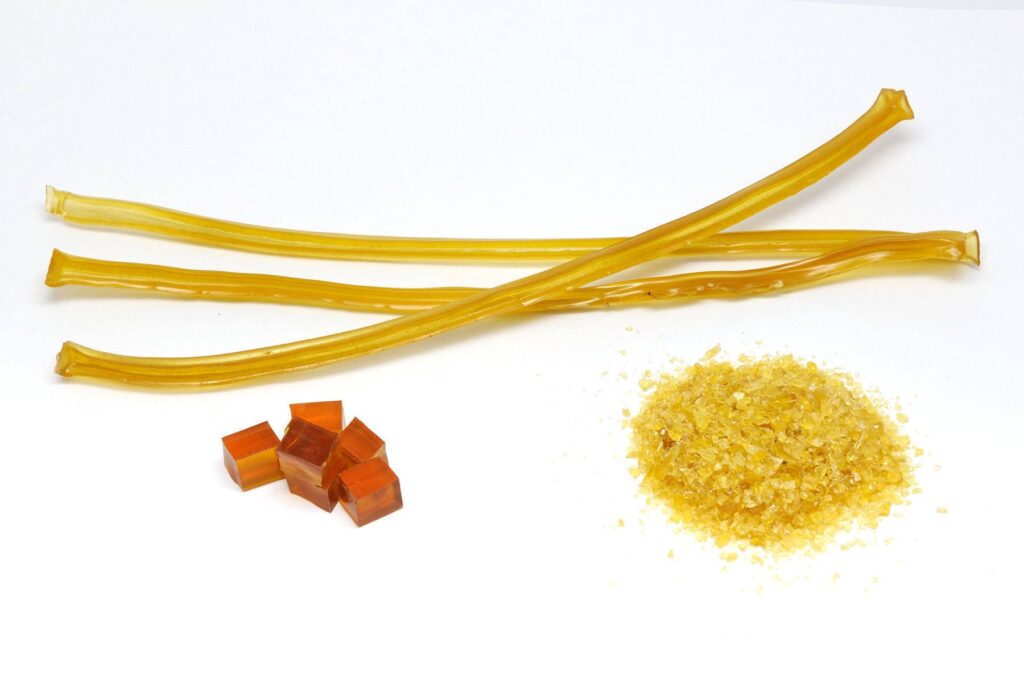
Metal leaf (Haku)
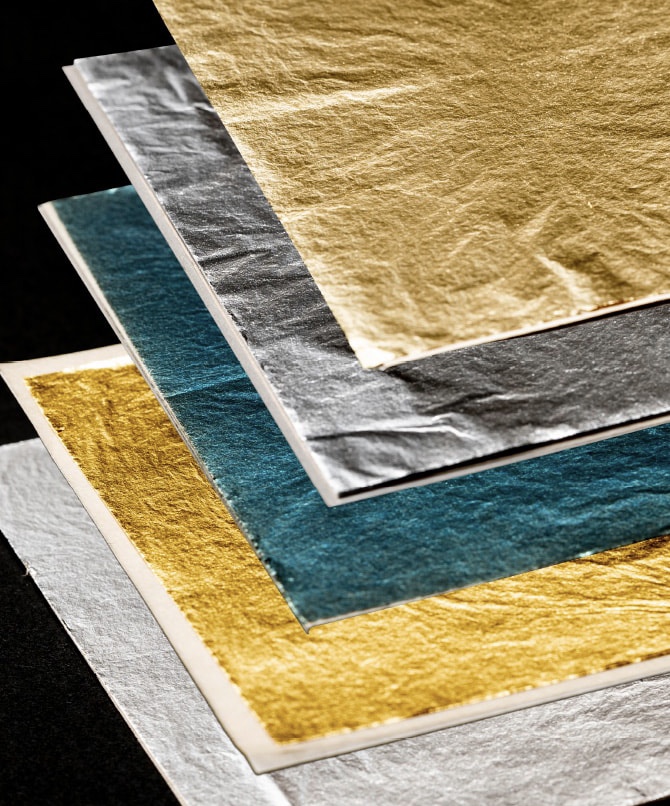
Shell Powder (Gofun)

The number of Japanese painting artists who use mineral pigment is steadily decreasing in Japan. The main reason for this is the rising cost of materials and the increase in the number of other art materials that are easier and more flexible to use. I believe that although the techniques of mineral pigment are certainly difficult, the beauty of the colors of it is one and only. However, if the number of artists who use mineral pigment continues to decrease, there is a possibility that Japanese painting itself will disappear. In fact, Japanese painting art supply stores are closing down one after another in Japan. I am currently creating and exhibiting Japanese Painting in Germany, and I realize that there are very few people outside of Japan who have knowledge of it. In order to let foreigners know about Japanese painting, I started a YouTube channel, published the production process, and held presentations and workshops. I hope that in the future many people in Germany and Europe will know about Japanese painting, and European painters will start using Japanese painting materials.
I am still a small artist with no influence, but I think it is my mission to spread Japanese painting here. I hope that we can get to know each other through art and create a world of harmony and peace.
